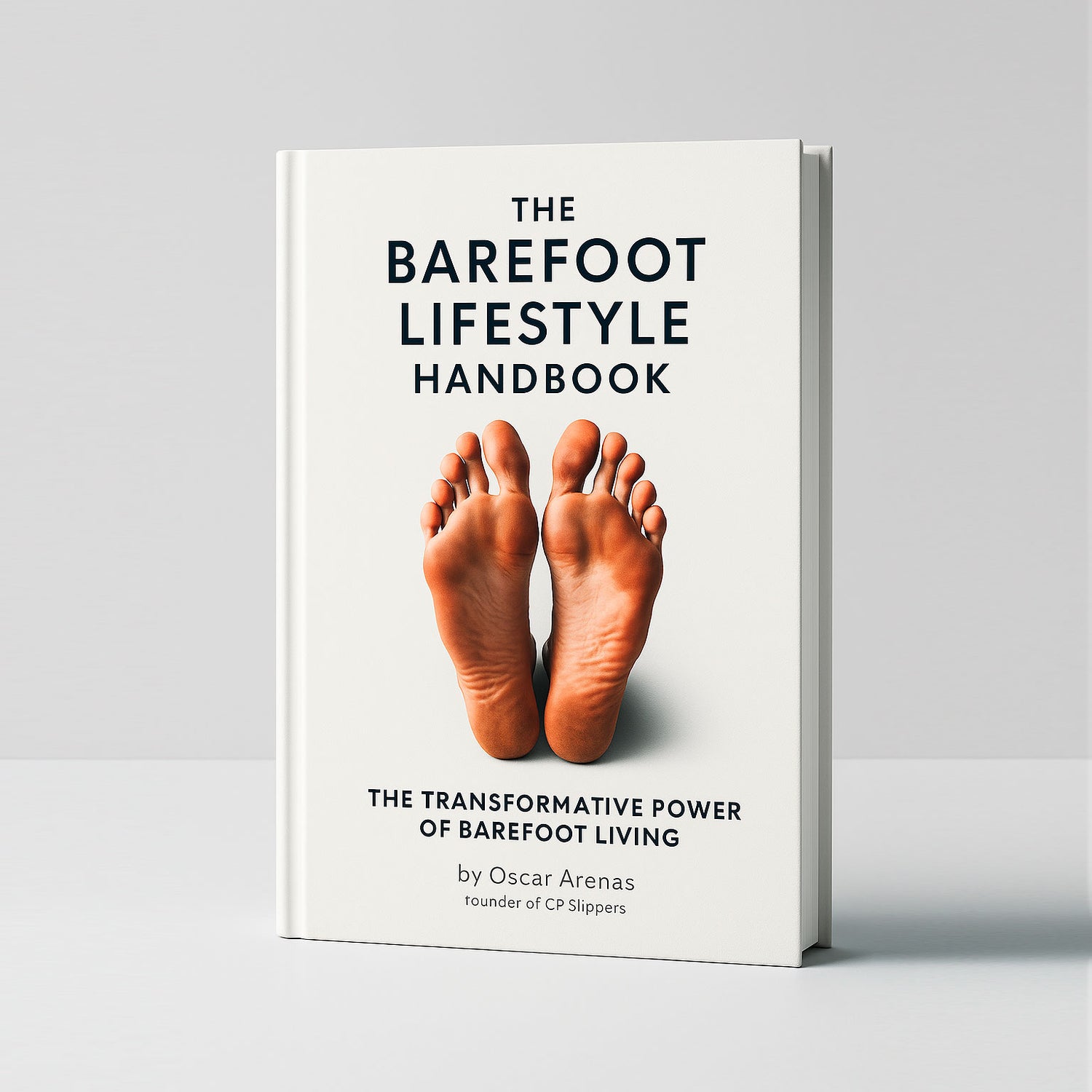The benefits of growing up barefoot and how to safely introduce children to this lifestyle.
How growing up without shoes strengthens bodies and minds
Childhood is about exploration—feeling, touching, running, tripping, and learning. And the feet form the center of this inquiry. Children's bare feet are one of their best tools for interacting with the world before they can talk.
Raising a barefoot child is about providing children the opportunity to move organically, grow strong, and keep in touch with the environment around them—not about rejecting shoes. Along with useful strategies to encourage children's safe and confident growth, this chapter investigates the various physical, sensory, and emotional advantages of barefoot living.
Why barefoot matters in early development
One of the most sensitive areas of the body, the human foot boasts around 200,000 nerve endings. Walking barefoot gives young toddlers necessary sensory information to help their brains interpret space, texture, temperature, and movement. This straightforward criticism helps:
- Balance and coordination
- Proper posture and natural gait
- Muscle and ligament development
- Neurological mapping and sensory integration
Young children who spend more time barefoot typically have higher body awareness, stronger feet, and fewer orthopedic problems later on. It is the basis—very literally—for lifetime physical confidence.
Encouraging safe barefoot play
Play is the ideal vehicle for introducing barefoot living. Let kids investigate soft, natural surfaces, such as grass, sand, and soil.
- Grass
- Sand
- Soil
- Wood floors
- Smooth stones or pebbles
Establish secure, clean areas where kids may wander freely and experience diverse textures underfoot at home or in the backyard. Indoors, let them explore a range of surfaces—from carpets to hardwood to padded mats—to increase sensory awareness.
Especially in outdoor environments, supervision is absolutely vital. Before letting small children run barefoot, look for sharp things, insects, or trash. One wants freedom, not risk.
Dealing with social norms and skepticism
To be really honest, not everyone supports or understands the concept of children walking barefoot. Some may view it as risky or careless. Therefore, confidence and education are closely linked.
Share the advantages—better foot growth, greater balance, enhanced motor abilities, and a closer relationship to nature—when others wonder why your child is barefoot. You are being conscious; you are not being negligent.
If full barefooting isn't always feasible (as in a school or daycare), use simple shoes that let natural mobility meet dress rules or social expectations.
Teaching children awareness and self-care
Being naked is not about carelessness. It's a chance to impart to them responsibility and self-awareness. As part of barefoot parenting, assist them in learning.
- Scan their surroundings for unsafe surfaces
- Wash and dry their feet daily
- Recognize signs of discomfort or injury
- Appreciate their body’s signals
These behaviors, all crucial life skills, promote independence, confidence, and respect for their physical needs.
Final thought: Grounded kids, Grounded futures
Let children grow up barefoot for reasons other than good foot care. It is about curious souls, strong bodies, and good minds. Children gain more than physical strength when they can move freely, explore, and experience the Earth. They gain freedom.
In a society full of screens, schedules, and controlled environments, the barefoot way offers a unique experience: a return to the purest form of childhood—ground, present, and totally alive.






